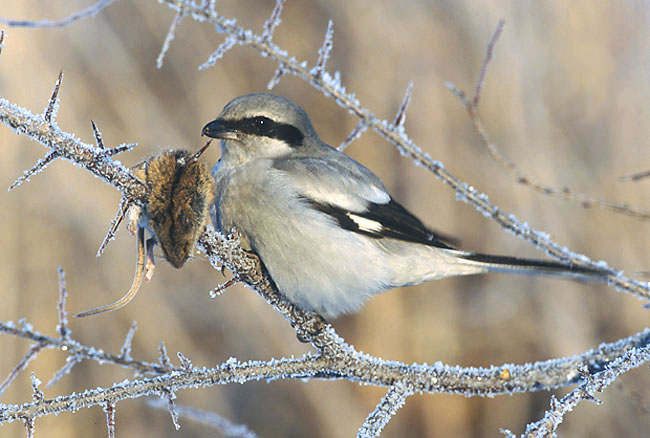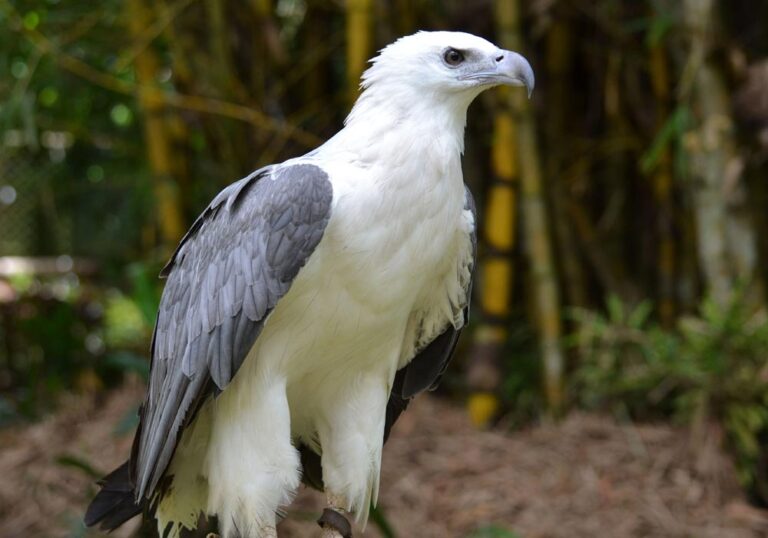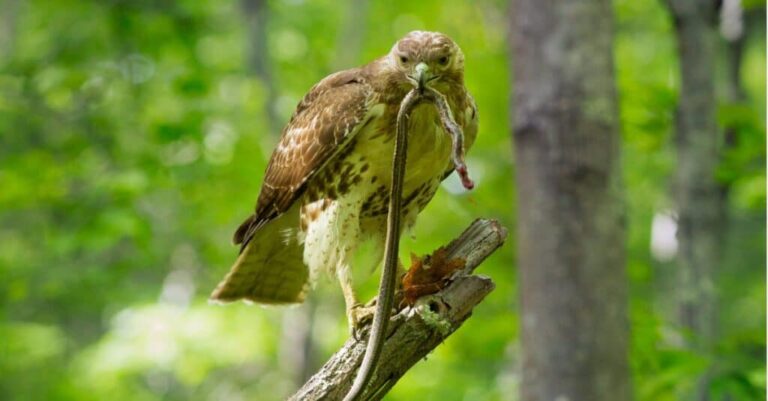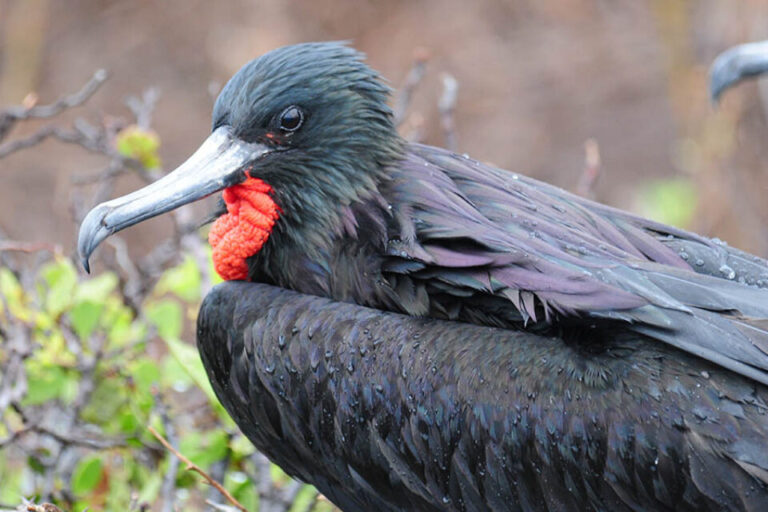Blue and Gold Macaw (ID Guide With Photos)
Blue and gold macaw are stunning, fascinating, smart, and majestic birds. Additionally, they are among the most popular large parrots. Besides their bright colors, these birds have many other amazing qualities.
These macaws are full of personality and comical charm. They are one of the more recognizable birds in the world. These extraordinary parrots make great pets for people who can handle a large bird that demands attention.
However, owning a blue and gold macaw is a big responsibility. They require a lot of time, attention, and care. These parrots are very social and bond closely with their owners. They need plenty of interaction and mental stimulation to stay happy and healthy.
Blue and gold macaws are also very loud. Their squawks and screeches can be quite noisy. Potential owners should consider if they can handle the noise level before getting one as a pet.
In addition, These macaws need a large cage and plenty of space to move around. Their strong beaks can also damage furniture if they are not provided with appropriate chew toys.
Despite the challenges, blue and gold macaws make wonderful pets for the right owner. Their intelligence, affection, and beauty make them a joy to have around. With proper care and commitment, these amazing parrots can live for over 60 years.
Blue and Gold Macaw Origin and History
The blue and gold macaws have a wide range from Panama in Central America to northern South America, including Puerto Rico. They typically inhabit forests near rivers and swamps, sometimes in grassy savannahs with tall trees. These birds often travel in pairs and gather in large flocks to forage for food during specific times of the year.In the wild, They are endangered due to habitat destruction, hunting, and trapping.
Before captive breeding programs, many young birds were taken from nests for the pet trade, leading to defensive parents and high mortality rates among the young. Since 1935, successful breeding programs in the U.S. have made these macaws more affordable and readily available through breeders.
Temperament
Blue and gold macaws have a sociable and sweet disposition, making them great pets. They are intelligent, eager to learn, and can talk. These birds adapt well to different people and other birds when socialized. These macaws excel in performing tricks and are popular at bird shows. Owners often take them out with bird leashes and car seats.
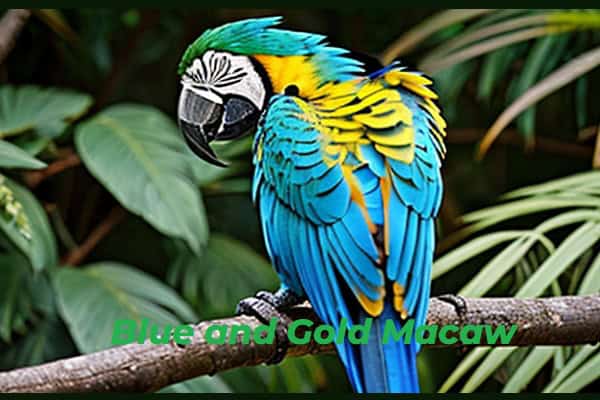
At home, these macaws behave like friendly dogs, seeking attention and enjoying being near their owners. They are content watching the activity around them from their perch.
Speech and Vocalizations
Blue and gold macaws have very loud calls that can be annoying to people living nearby. If you live in a small space like an apartment or have young kids who get scared by loud noises, these birds may not be the best choice for you.
However, They are excellent at talking. They can learn quickly and are eager to please their owners. Training them is fairly easy as long as you are patient and consistent. These parrots can learn around 20 different words and phrases. Many people think they have one of the clearest voices among talking parrots.
Despite their talent for talking, blue and gold macaws require a lot of time and attention from their owners. They bond very closely with their people and can become aggressive if their needs are not met. These birds are best suited for experienced owners who can give them the care and interaction they need.
They also have strong beaks that can be dangerous. They need a large cage and plenty of toys to keep them busy. With the right owner and environment, these beautiful and intelligent parrots can make wonderful lifelong companions.
Blue and Gold Macaw Colors and Markings
Blue and gold macaws get their name from their two main feather colors. They typically have a green forehead that fades into a teal blue covering their nape, back, tail, and wings. The chest, underside of the wings, and belly are a bright golden yellow.
These birds have large black beaks and a black patch of feathers just below the beak. Their faces are covered in white skin with rings of tiny black feathers around the eyes.
Macaws are the only bird in their species, but experts believe there are two variations or subspecies. The Bolivian blue and gold macaw is larger and has a more true blue color, while the blue-throated macaw has a teal blue throat instead of a black one.
It’s difficult to tell male and female blue and gold macaws apart. Many people think the males have flatter heads and the females have narrower beaks, but the only way to know for sure is through surgical or genetic testing.
Overall, the blue and gold macaw is a beautiful and unique bird with its striking colors and patterns. However, they require experienced owners who can provide the proper care and attention they need.
Caring for a Blue and Gold Macaw
Blue and gold macaws need a lot of attention and will form a strong bond with their owners and family members. It’s important to socialize these birds properly and provide them with plenty of mental stimulation, or they may start screaming out of boredom.
These loud birds require a very large cage, at least 5 feet tall and 3-4 feet wide and long. This gives them enough space to stretch their wings, hop around, and keep themselves entertained. Some owners even set up a special bird-safe room for their macaws.
Since blue and gold macaws like to chew on almost anything, owners need to remove any electrical wires, jewelry, or wooden furniture that the bird could damage.
Common Health Problems
Blue and gold macaws can live a long time, but they can also get sick with a viral infection called macaw wasting syndrome. They can also have problems with their beaks growing too long.
Like other parrots, They might start pulling out their own feathers if they feel lonely or bored. This is called feather plucking, and it’s a sign that the bird needs more attention and stimulation.
To keep your pet bird healthy, it’s important to give it a balanced diet and make sure it gets enough exercise. If not, the bird might get sick with problems like being overweight, fatty liver disease, or fatty tumors.
Diet and Nutrition
In the wild, blue-and-gold macaws and other macaws eat a mix of seeds, plants, fruits, and nuts for their meals.
For pet blue and gold macaws, it’s important to give them a diverse diet with lots of fresh fruits and veggies. They should also have high-quality pellets with healthy seeds like flax, hemp, and chia. Limit fatty nut treats to keep them healthy.
Each macaw needs about 1/2 to 3/4 cup of parrot mix and the same amount of fruits and veggies daily, depending on its size. Feed them in the morning and evening, removing any uneaten food before bedtime.
Good fruits for macaws include apples, pears, cherries, and more, while healthy veggies are carrots, sweet potatoes, and leafy greens. Avoid feeding them avocado, chocolate, or rhubarb as these are harmful to birds. Nuts like macadamias and almonds can be given as occasional treats for training.
Check Our Previous Articles
| Eagles In Alaska |
| Ducks In Florida |
| Flamingo Symbolism and Meaning |
| Eagles in Illinois |
| The 7 Species of Chickadees |
Frequently Asked Questions
Q1: Are blue-and-gold macaws friendly?
Yes, blue-and-gold macaws are generally friendly and social birds. They are known for their affectionate and playful nature, forming strong bonds with their owners.
Q2: How much are blue-and-gold macaws?
Blue-and-gold macaws typically cost between $1,000 and $3,000. The price can vary based on factors such as age, health, and breeder reputation.
Q3: What is the lifespan of a blue-and-gold macaw?
Blue-and-gold macaws have a lifespan of about 30 to 35 years in the wild. In captivity, with proper care, they can live up to 50 years or more.
Q4: How rare are blue-and-gold macaws?
Blue-and-gold macaws are not considered rare and are relatively common in captivity. However, they are listed as “Least Concern” by the IUCN but face threats from habitat loss and illegal pet trade in the wild.


